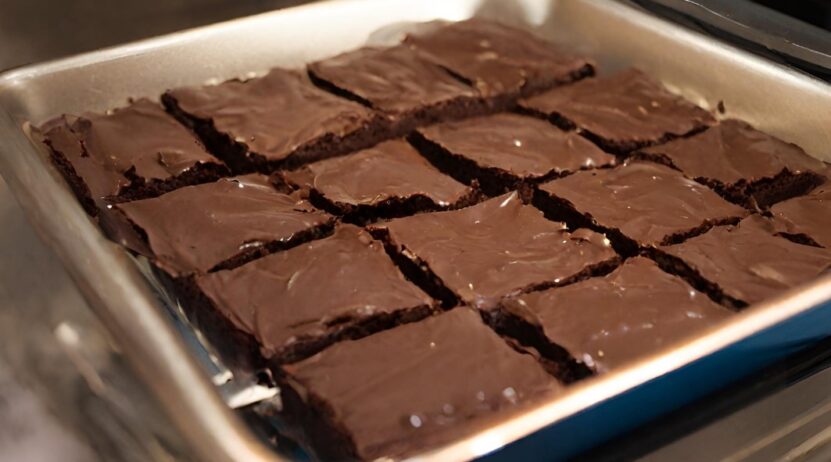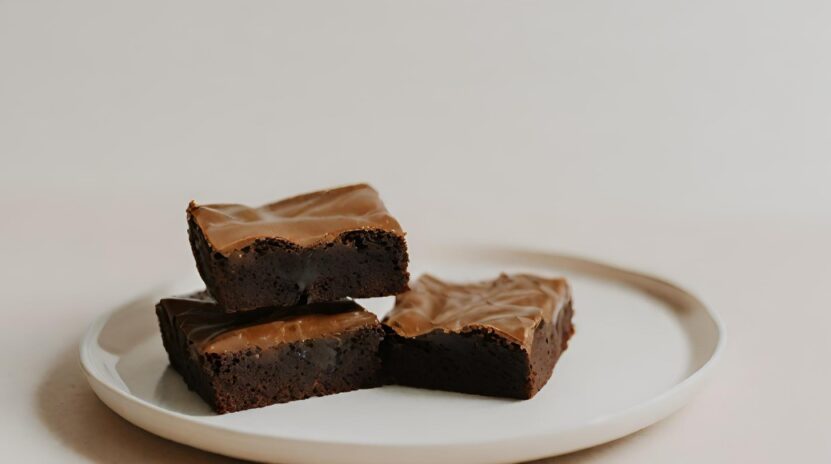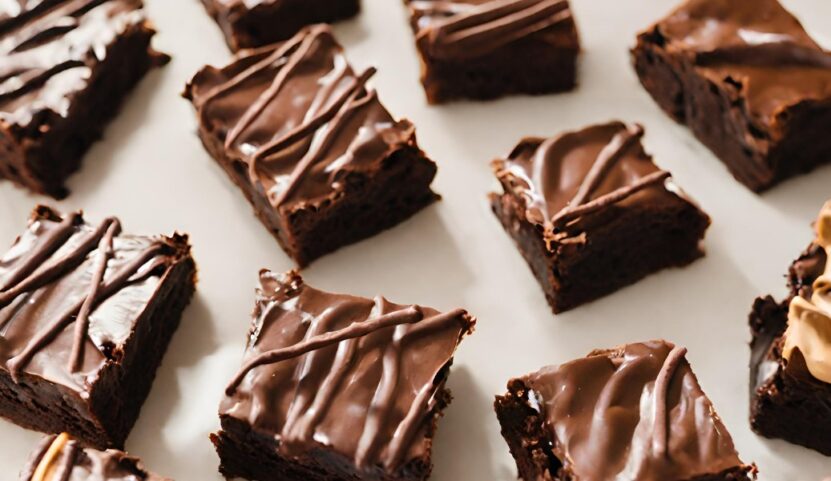When it comes to baking brownies, every step from selecting quality ingredients to the actual baking process plays a crucial role in determining the final outcome. However, one often overlooked aspect is the cooling time. It’s not merely a waiting period but a significant phase that affects texture, taste, and ease of cutting.
This comprehensive article delves into the importance of allowing your brownies to cool properly, the factors influencing cool time, and the techniques to ensure your brownies are as delectable as they are beautiful.
Cooling Process
The moment brownies are removed from the oven, the cooling process begins. This isn’t just a passive wait; it’s an active culinary phase where several transformations occur. Cooling allows the brownies to set, as the residual heat continues to cook them slightly. This period is crucial for achieving the right texture – be it fudgy, chewy, or cake-like. The type of brownies you’re aiming for will determine how long they should cool.
During cooling, the starches and proteins in the brownies begin to solidify, and the crumb structure sets. If you’ve ever cut into a brownie too early, you might have noticed a gooey, almost raw center or crumbly edges. This is because the internal structure hadn’t fully stabilized. Cooling allows for even distribution of moisture and the development of flavor as the chocolate and sugar continue to meld together.
Factors Affecting Cool Time
Several variables play into how long it will take your brownies to cool completely. The size and depth of the brownie pan are primary factors. Thicker brownies in deeper dishes will take longer to cool than thinner ones spread out in a shallow pan. The material of the baking pan also affects cooling time. For instance, glass and ceramic retain heat longer than metal, thereby extending the cooling period.
The room temperature and humidity can also affect cooling time. Brownies will cool faster in a cooler, drier room than in a warm, humid environment. Moreover, the recipe itself impacts the cool time. Fudgier brownies, with their denser structure and higher fat content, typically take longer to cool and set than their cakey counterparts.
The Cooling Stages
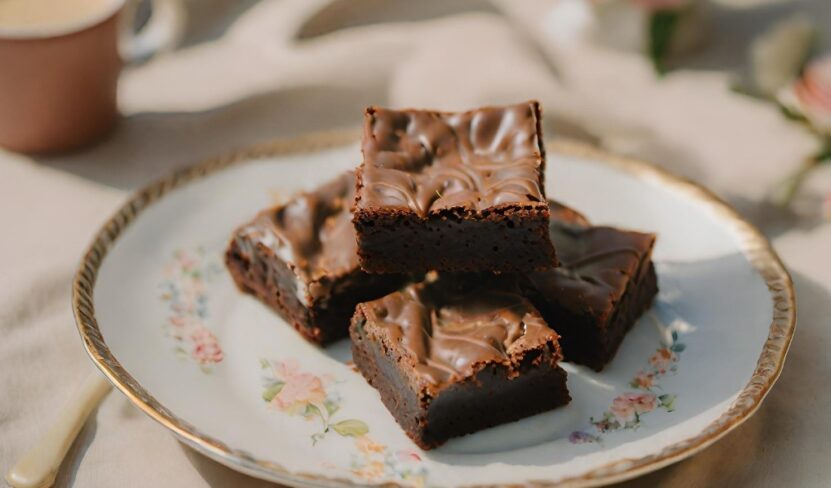
The cooling process can be divided into stages. Immediately out of the oven, brownies are in a volatile state. They’re still cooking from residual heat and are too soft to cut. This stage lasts for about 10-15 minutes. After this, they enter a phase where they’re warm but more stable. It’s tempting to cut into them now for a warm treat, but patience is key for perfect slices.
Finally, brownies reach room temperature. This is the stage where they are most often cut into. However, for the cleanest cuts and a fully set structure, cooling can extend beyond room temperature into refrigeration. Chilling the brownies will firm them up even more, making for a dense, chewy texture and allowing for even cleaner slicing, especially for fudgier varieties.
Techniques for Cooling Brownies
The way you cool your brownies can make a big difference in their texture and in how cleanly they can be cut. One method is to cool them in the pan on a wire rack. This allows air to circulate around the pan, cooling it more evenly and quickly. Once they’re cool enough to handle, some bakers prefer transferring them to a wire rack outside of the pan to speed up the cooling process.
If you’re in a rush, you can place the pan in a larger shallow bath of cold water or on top of a cooling rack in the refrigerator. However, this method must be used with caution as it can cause the brownies to become too firm and potentially affect their texture.
The Patience Test: When Are They Ready?
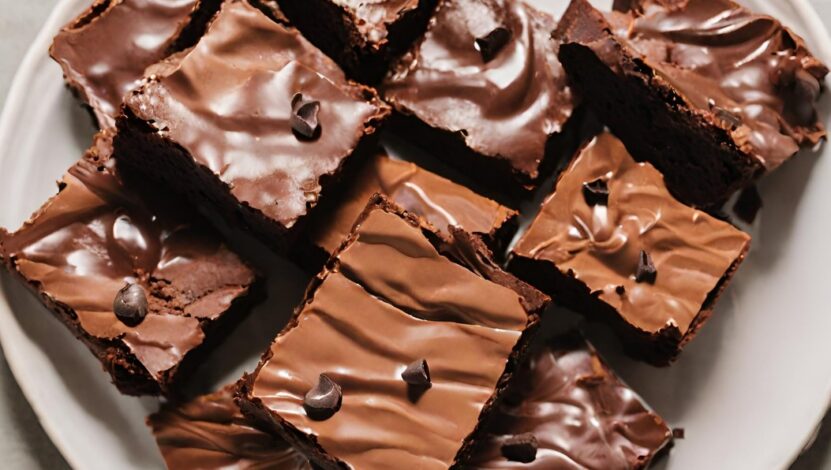
Determining when brownies have cooled enough to cut into is more art than science. As a general guideline, brownies should be cooled for at least 30 minutes at room temperature for minimal setting. For most recipes, a cool time of about one to two hours is sufficient for them to set properly and be ready for cutting. If you prefer chilled brownies or the recipe is particularly fudgy, allowing them to cool in the refrigerator after they’ve reached room temperature will make for the cleanest cuts.
Use a sharp knife to test the readiness of your brownies. If it comes out with wet batter, they need more time. If it comes out with a few moist crumbs or clean for cakier versions, they’re ready to be sliced. Cleaning the knife between cuts can also ensure cleaner slices.
